Sustainability Series: An Introduction
Climate change is undoubtedly one of the most significant, ongoing battles that humankind faces - a problem primarily of our own making and hopefully of our resolve. Measures to address climate change take the form of sustainability.
As defined by the United Nations Commission on Sustainable Development, a sustainable society is one that meets the needs of the present generation without compromising the ability of future generations to meet their own needs.
As a beauty brand, sustainability is an equally essential and difficult challenge to navigate. Sustainability is a constantly evolving conversation with new studies, technologies and expertise shedding crucial light on issues previously unfathomable or unknown. Sometimes it can feel overwhelming to think about what we can do as individuals (‘ecoanxiety’), let alone in business.
We view sustainability as a journey - one of continuous learning and accountability. Addressing this as a company requires first identifying the elements of our business that can create the most significant ripples of positive change, and then implementing a strategy with solutions to make it a reality. Secondly, we feel that change starts with us stepping forward and officially ‘entering’ the evolving conversation, which is the purpose of this Sustainability Series.
So, what is the first ripple of change towards sustainability? It’s packaging. Ingredients and formulas aside, the most impactful and sweeping action that any beauty company can take to be more sustainable is to address their packaging. Packaging, however, is an iceberg - the finished cosmetic product that sits on your bathroom shelf is the tip of the visible iceberg. What’s lurking underneath it is a massive body of assorted packaging dotted across the supply chain - representative of the journey that each bottle, pump, cap, wrapping, box, sleeve and bag took to make a single finished product. Scrutinizing the ‘packaging chain’ (as we like to call it) means a thorough examination of the all players (packaging and materials suppliers) involved and understanding the ‘trade-offs’ that a brand has to consider with each decision to bring a product to market.
Yet the ‘packaging chain’ is infrequently discussed because, quite frankly, it’s a dark underside of the sustainability conversation that brands often do not want to acknowledge in fear of publicly “offsetting” other efforts made to be more sustainable, or open themselves up for critique.
We want to introduce this as part of the conversation because this is an industry reality - rarely any brand is exempt and there needs to be more awareness around the need for innovation within the supply chain underbelly of the iceberg. Beauty brands cannot take truly significant sustainable measures unless equal sustainable measures are taken across the supply chain and ‘packaging chain’. How we make products matters just as much as what’s in the products.
A few things to note about this series:
- We are going to look through the sustainability lens directly at our industry: cosmetics. We want to explore what sustainability looks like within the cosmetics industry.
- ‘Trade-offs’ will be a central theme that we will use throughout the series to raise awareness around progress towards sustainability, along with the compromises that brands have to make with each decision.
- We are going to be looking at both sides of the debate - presenting the pros and cons. This conversation is not black and white - there is a lot of grey that warrants exploration.
- We don’t have all the answers, but we are actively looking for the solutions. We hope that each chapter of this series will be thought provoking, leading to further discussion.
We are attempting to capture the decision making process and trade-off analysis a beauty brand must go through when determining packaging for their products. We will be presenting the different packaging options currently on the market that are appropriate for use in cosmetics, with a focus on the life cycle of each material. As a smaller brand within the beauty industry, we are often restricted to using certain packaging options due to costs, order minimums or other impositions and we do not claim to have looked at every single option available. Rather, we chose to focus on ones generally available to most brands to give a clearer picture of these packaging options, their sustainability claims and the trade-offs that come with each.
Periodically, we will highlight another packaging option and hope to spark and fuel conversation around this very important topic in 2021 and onwards. We don’t consider ourselves experts but want to be part of the conversation, hopefully debunking a sustainability myth here or there.
Thank you for taking an interest and being part of the conversation.
For more on our Sustainability Series relating to plastics, make sure to hop over to joshrosebrook.com/blogs/articles/sustainability-series-plastic for more.
Resource: United Nations Educational, Scientific and Cultural Association




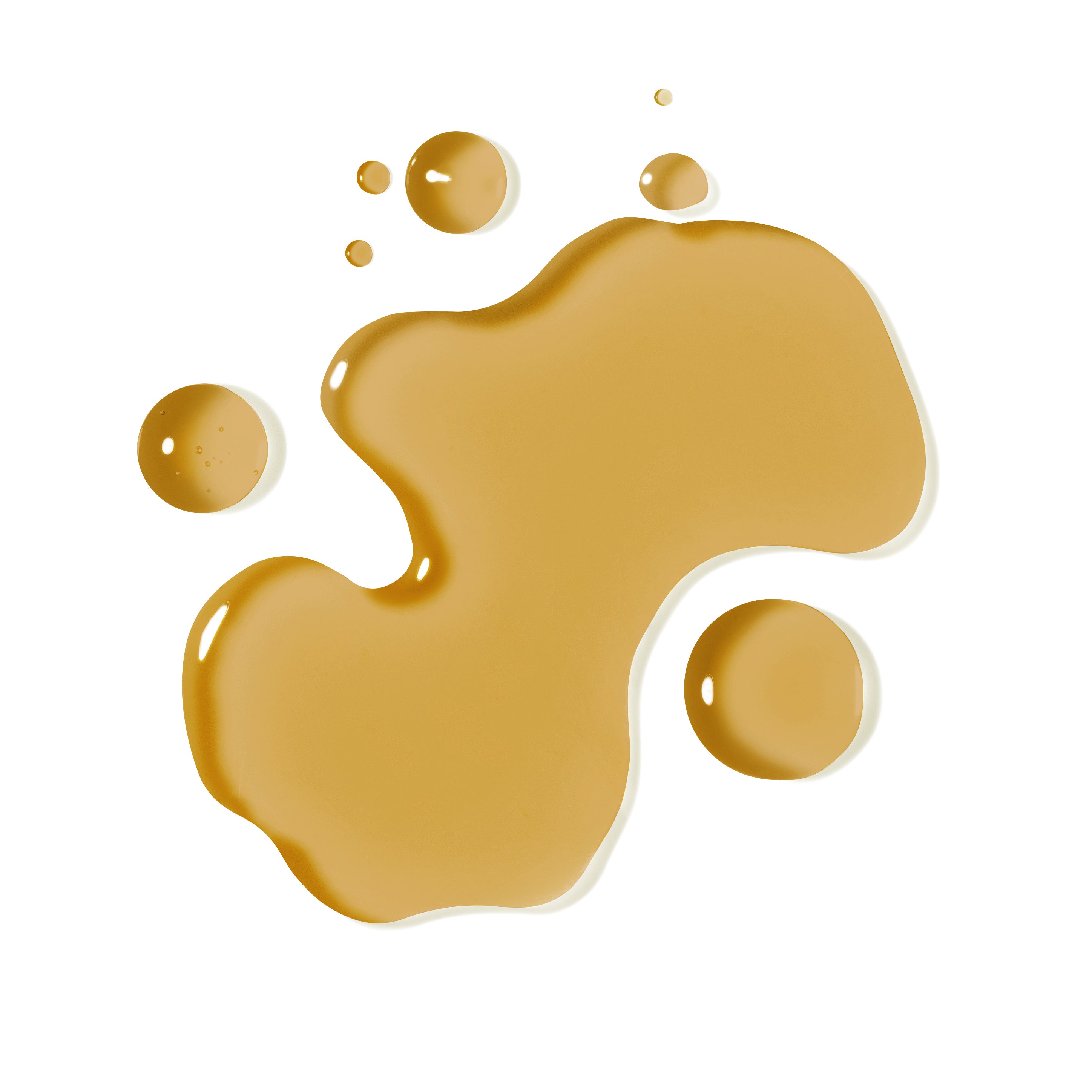
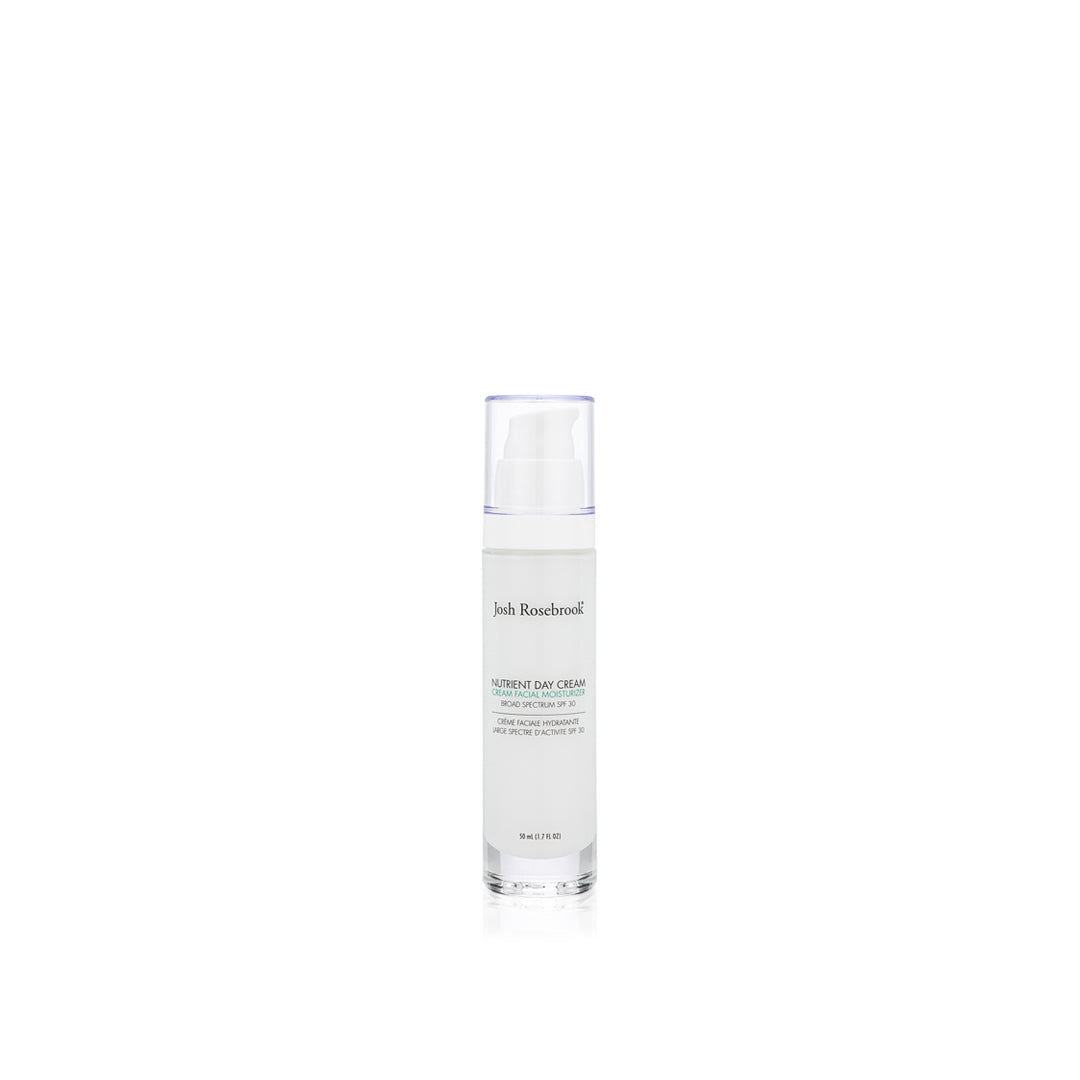
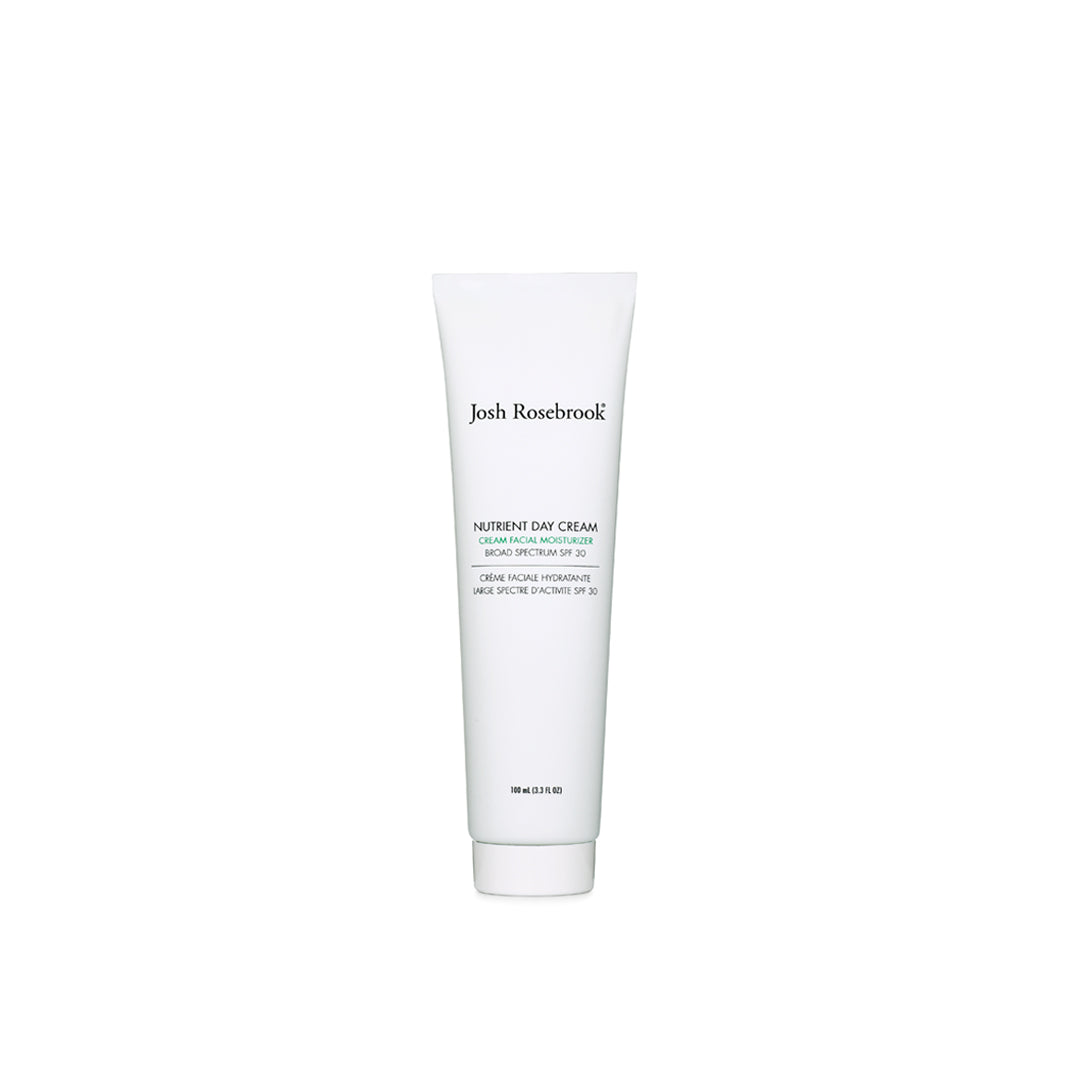

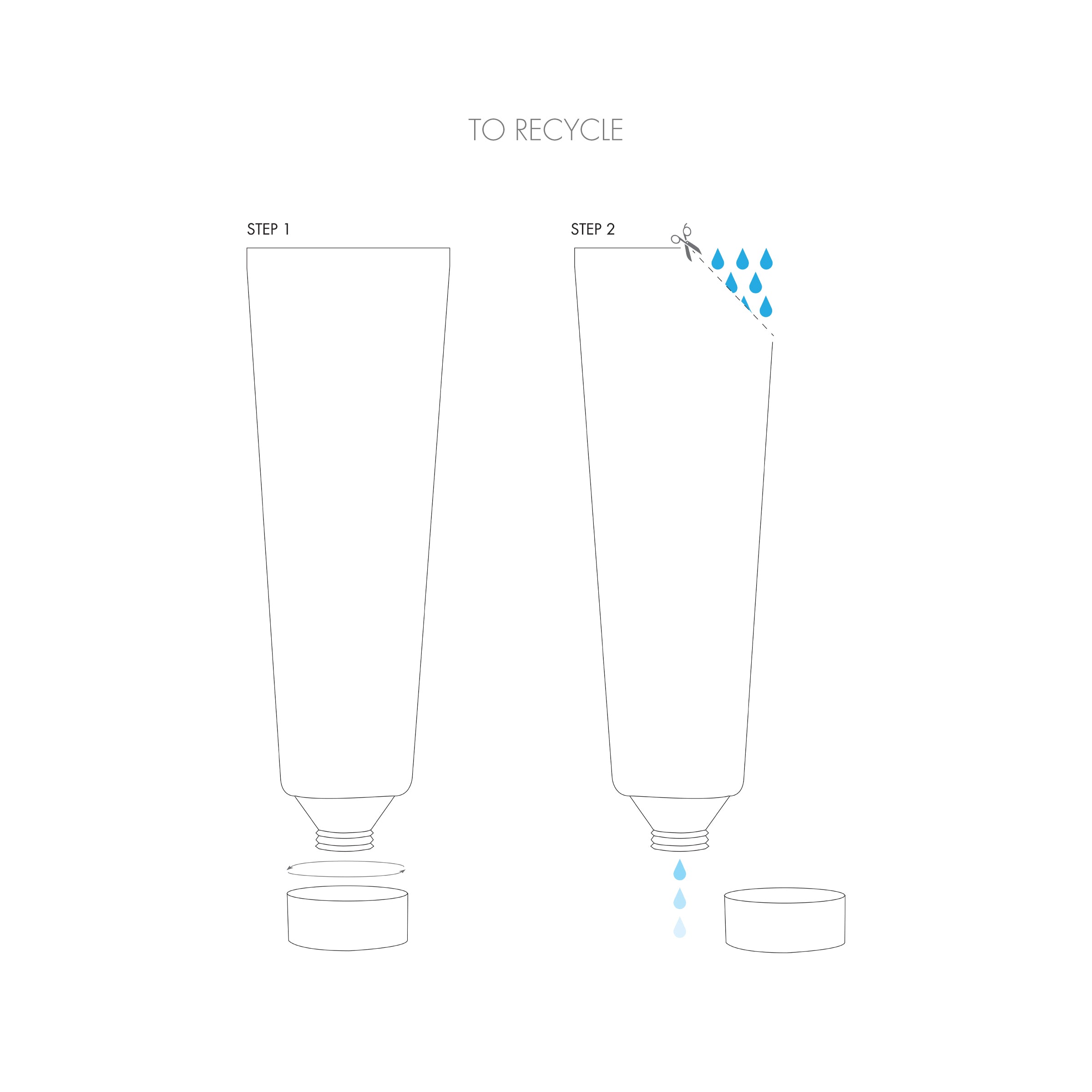

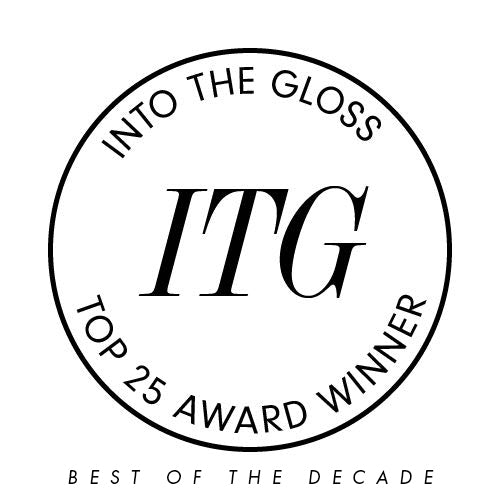


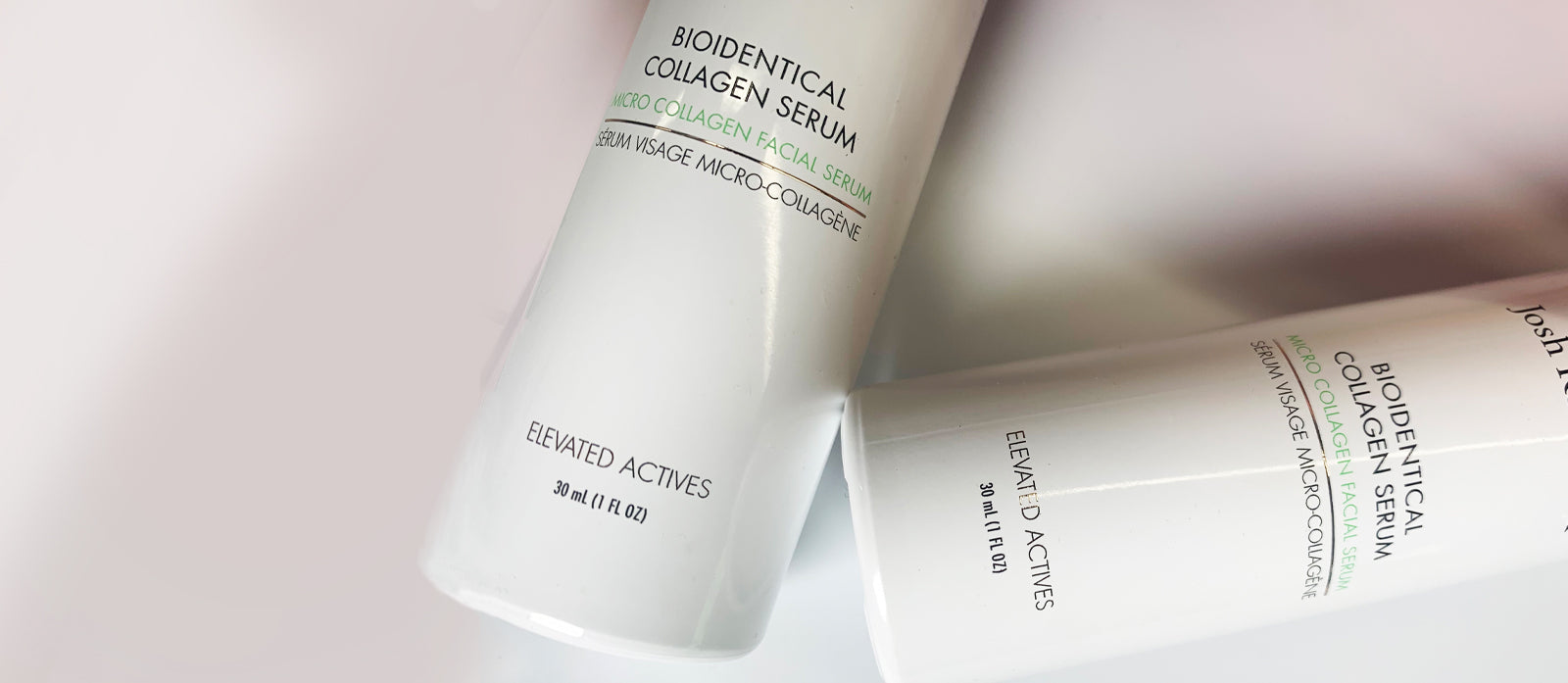
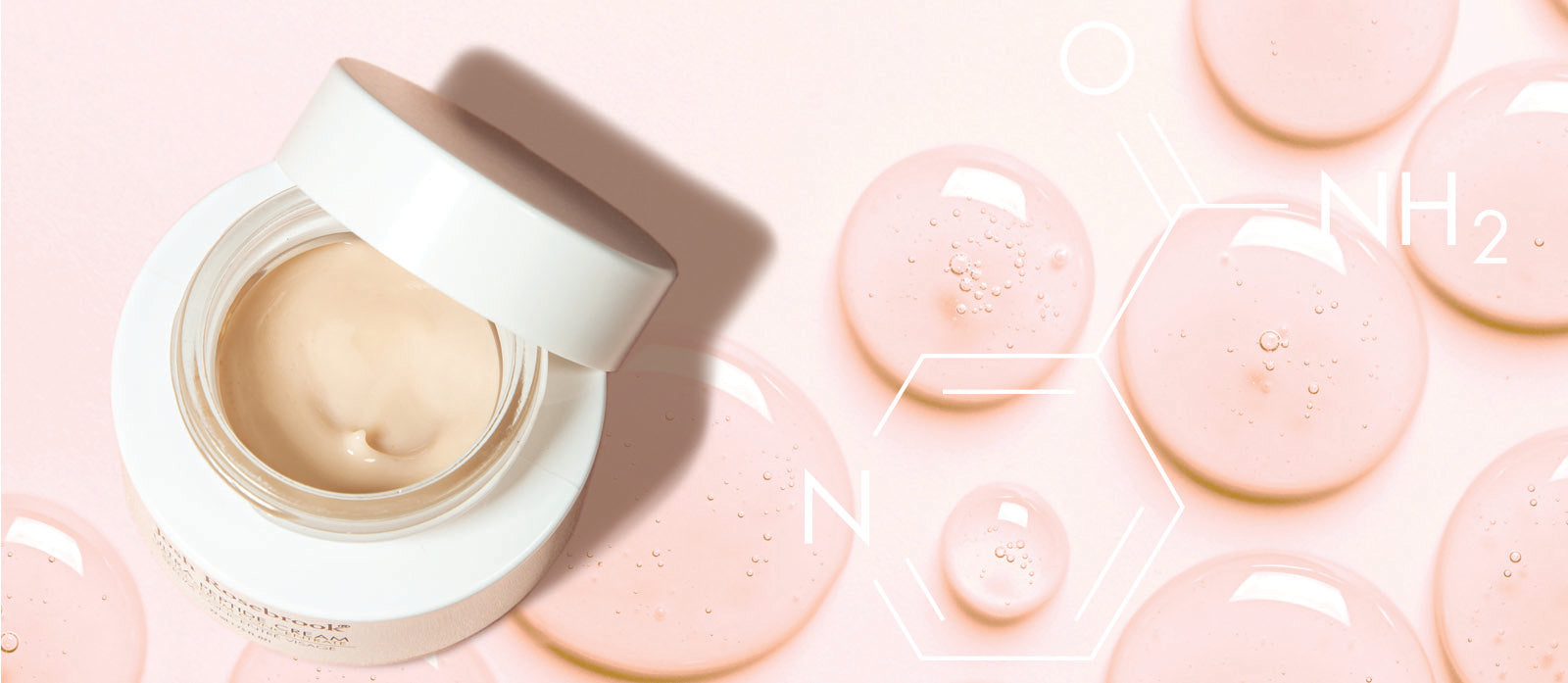

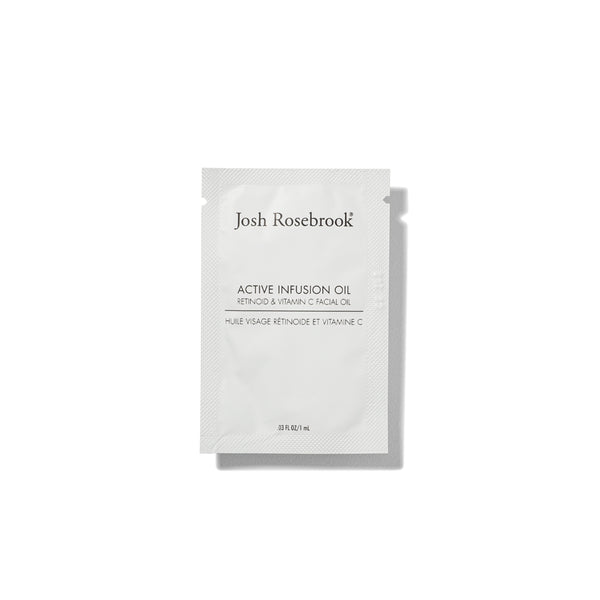
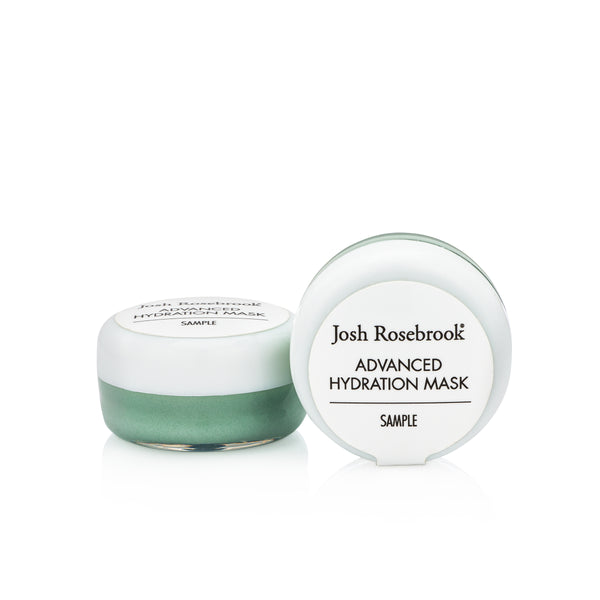


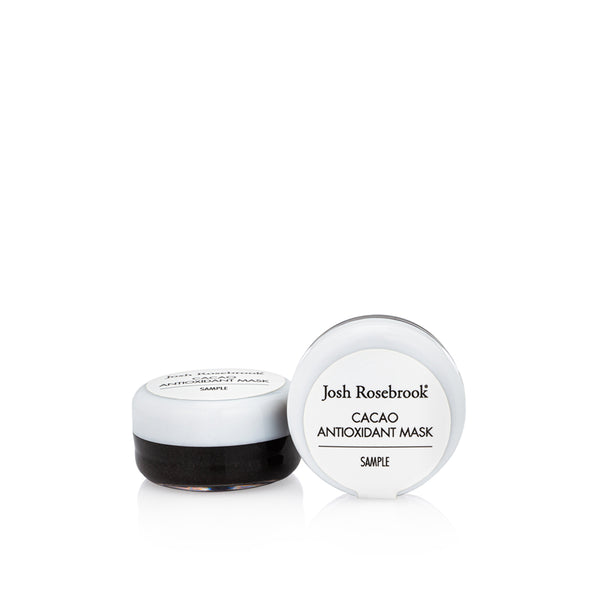
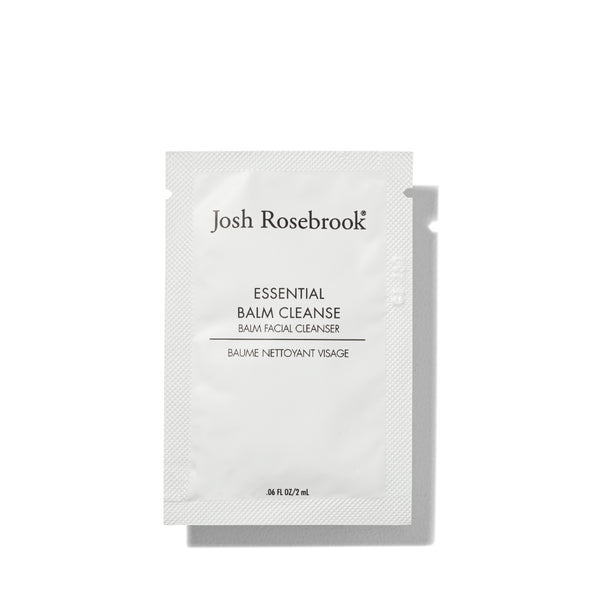
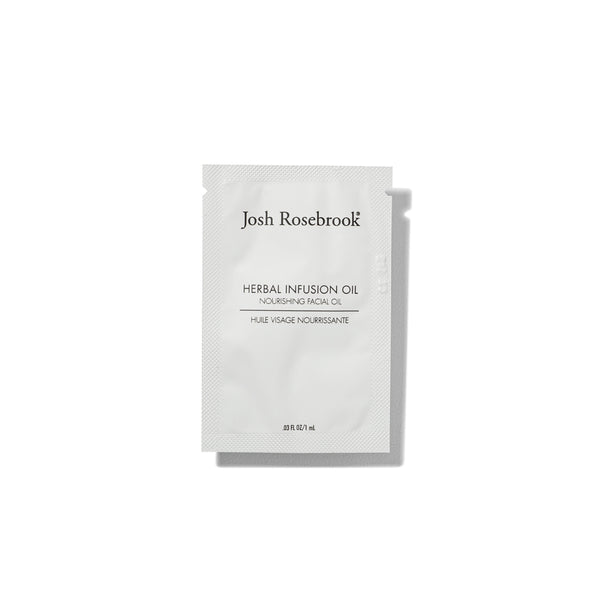
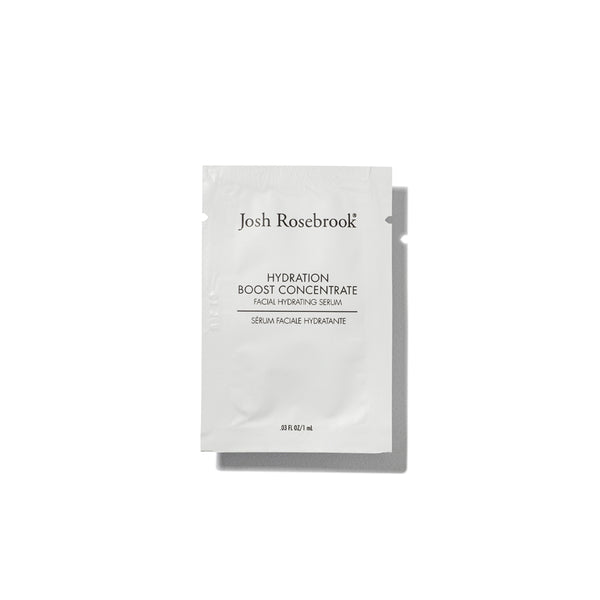
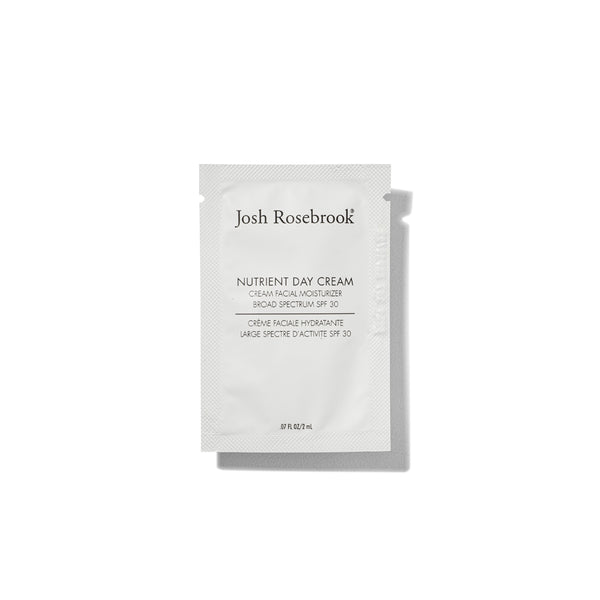
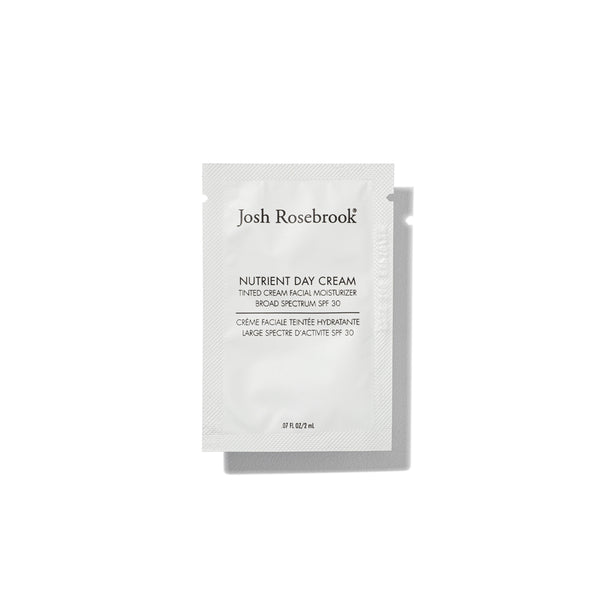


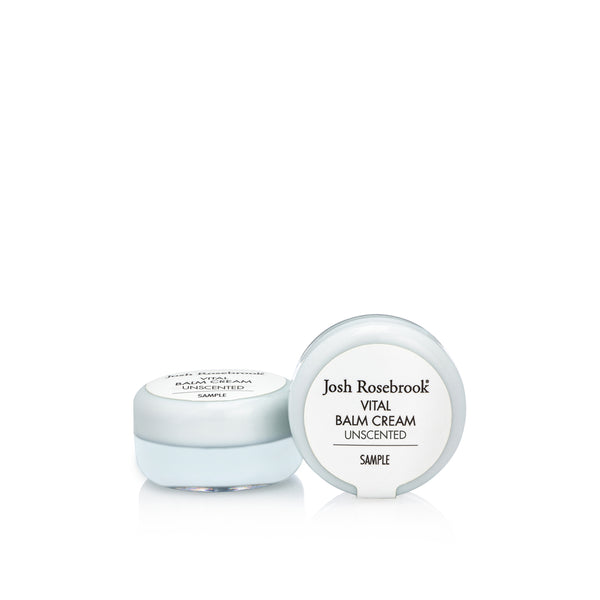
WRITTEN BY Josh Rosebrook